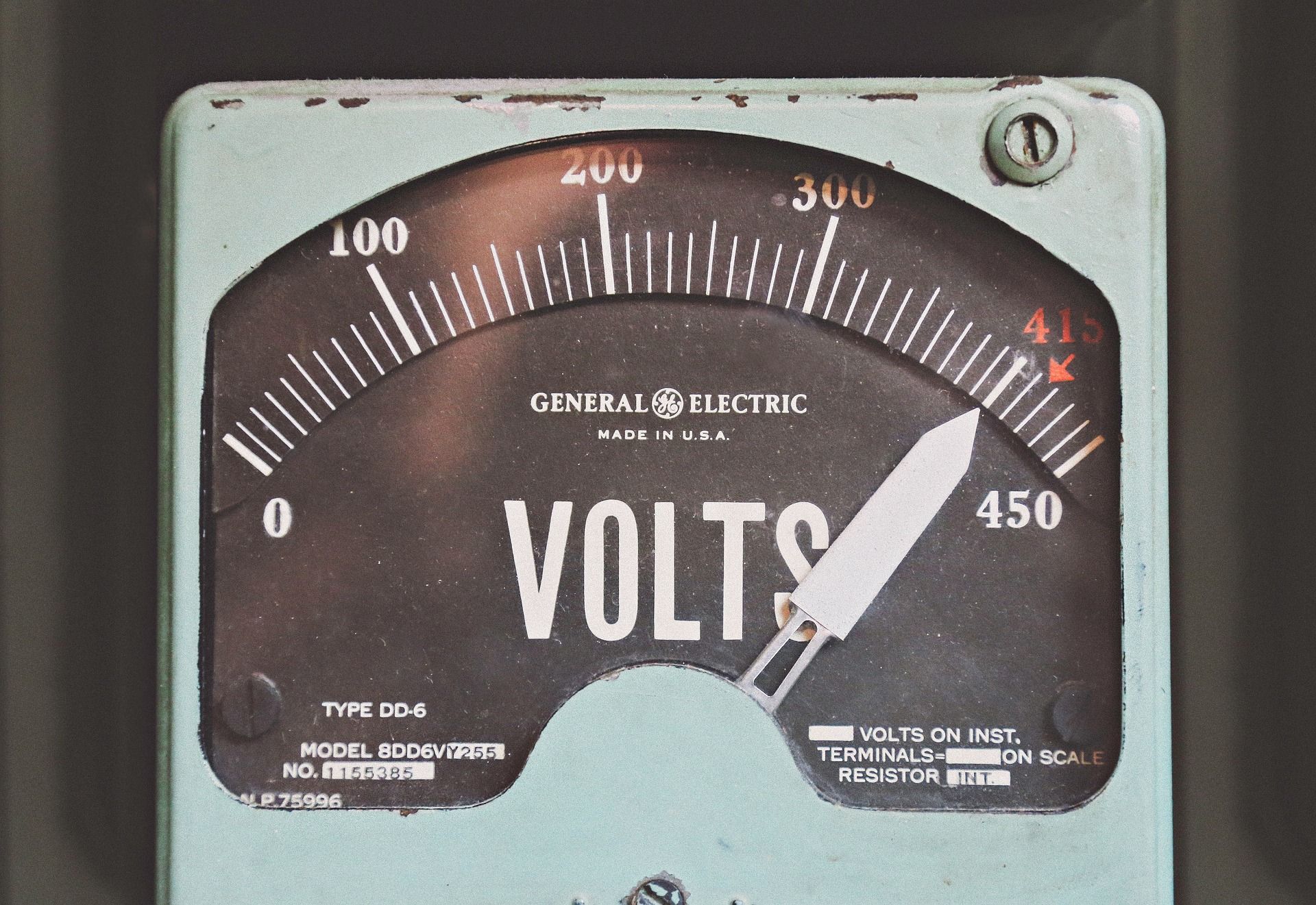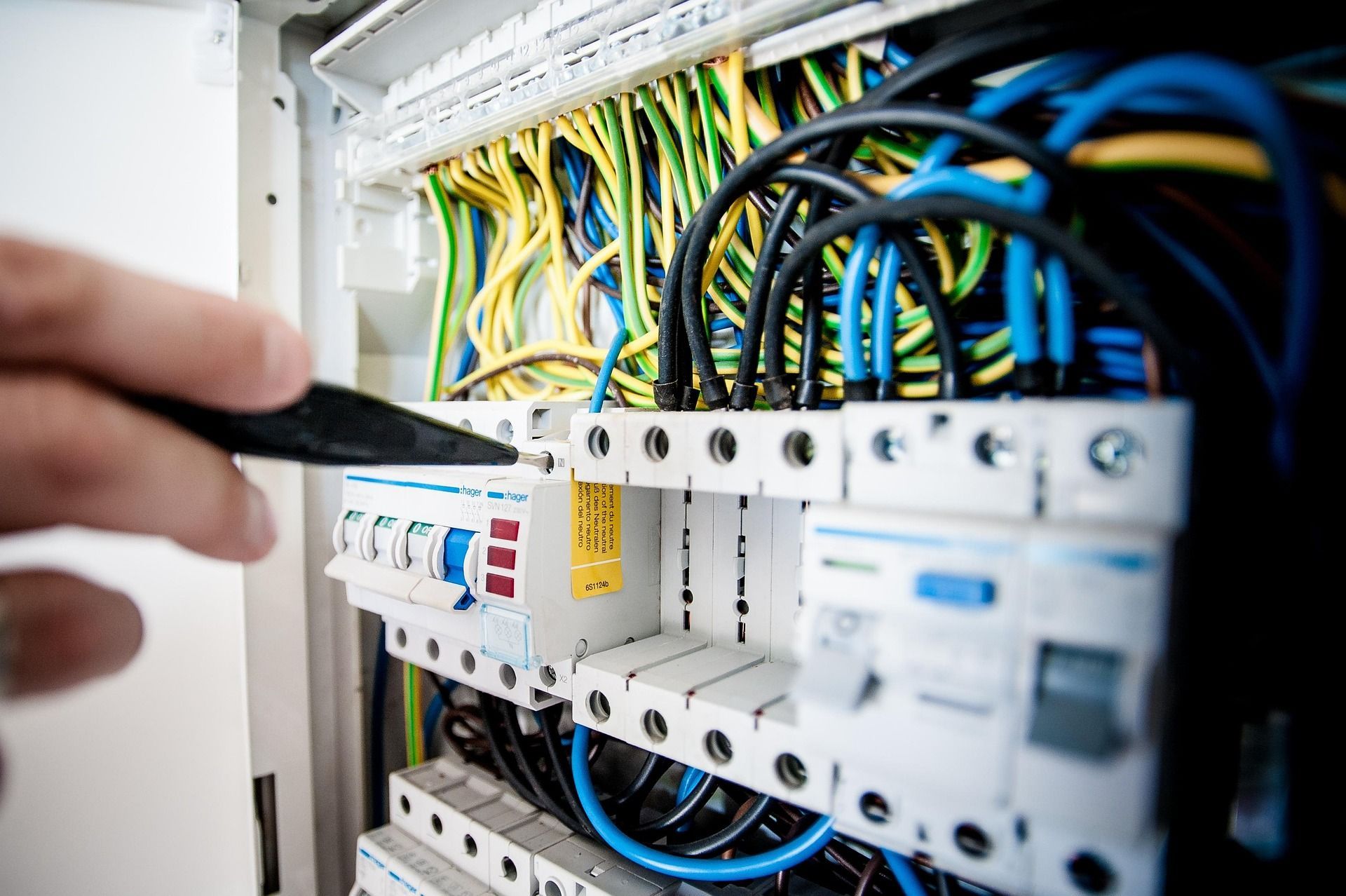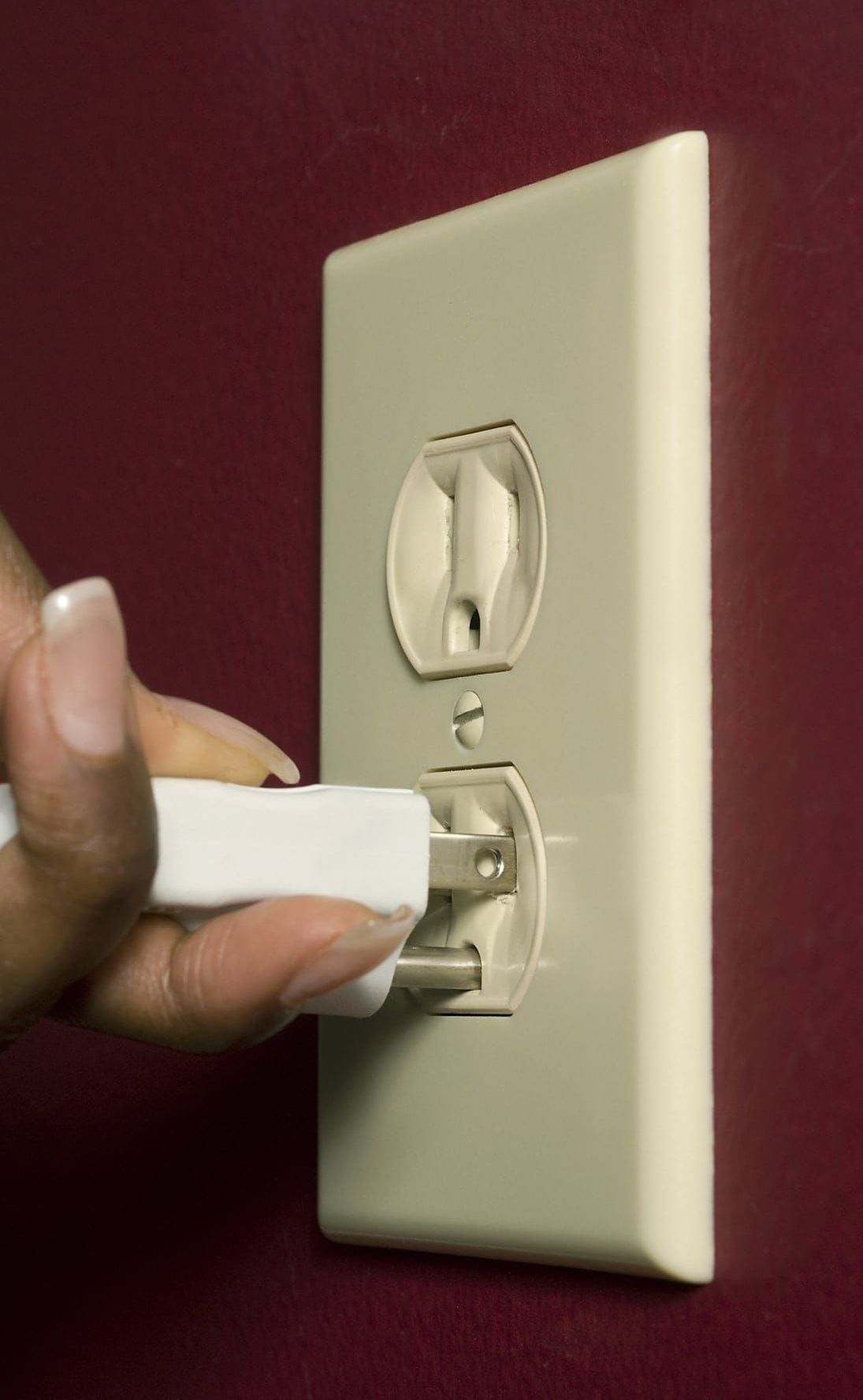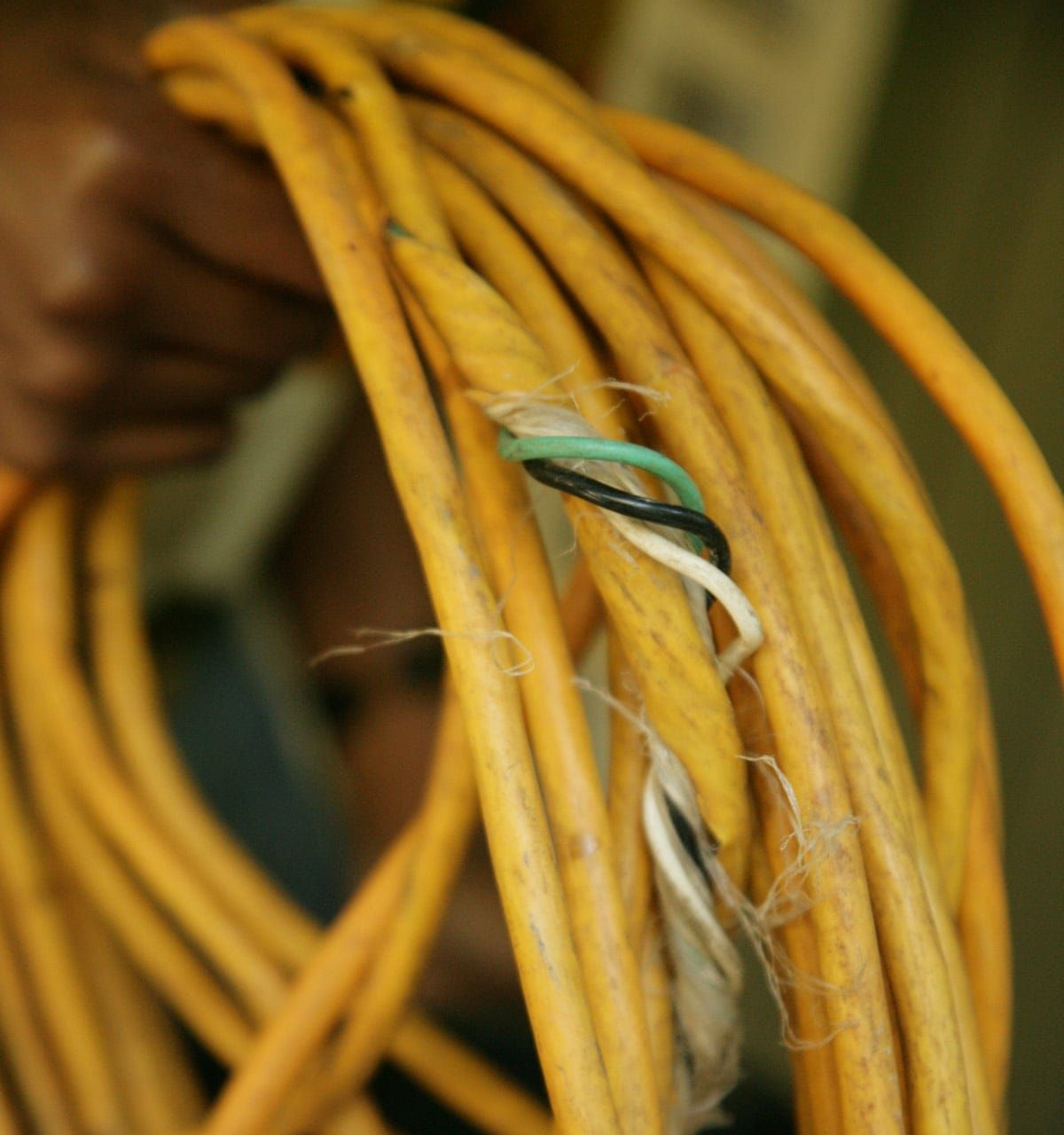The Most Common DIY Electrical Mistakes (and Why a Pro Should Do It)
The Hidden Dangers of Do-It-Yourself Electrical Projects
Do-it-yourself home projects can be rewarding, but when it comes to electrical work, mistakes can be dangerous. Electricity is unforgiving, and even a seemingly minor error can cause serious injury, fire hazards, or expensive property damage. While many homeowners take pride in tackling home improvements on their own, electrical systems require precision, training, and strict adherence to safety codes. At ESD Electric, we have seen firsthand how DIY electrical work can lead to costly problems that could have been easily avoided with professional help.
1. Incorrect Wiring Connections
One of the most common mistakes in DIY electrical projects is connecting wires improperly. Homeowners may mismatch wire types, use incorrect gauge sizes, or fail to make secure connections. Loose or mismatched wiring can cause
short circuits, overheating, or even
electrical fires. Color-coded wires exist for a reason, and understanding how each conductor functions is essential to safety. Professional electricians are trained to recognize and correct potential wiring hazards before they cause damage.

2. Overloaded Circuits
Another frequent issue is circuit overloading. Many homeowners underestimate the power demands of modern appliances and lighting. Plugging too many devices into a single circuit or adding new outlets without calculating the load capacity can cause breakers to trip repeatedly. Overloaded circuits generate excess heat, which can lead to melted wiring and increased fire risk. Electricians prevent these issues by properly sizing circuits and distributing electrical loads according to local codes.
3. Using the Wrong Electrical Components
DIYers often purchase outlets, switches, or breakers based on appearance or convenience rather than compatibility. Using a 15-amp outlet on a 20-amp circuit, for example, can create an unsafe imbalance. Similarly, failing to install Ground Fault Circuit Interrupters (GFCIs) in bathrooms, kitchens, or outdoor areas exposes a home to shock hazards. Professional electricians ensure that all components meet code requirements, are properly rated, and are installed safely in the correct locations.
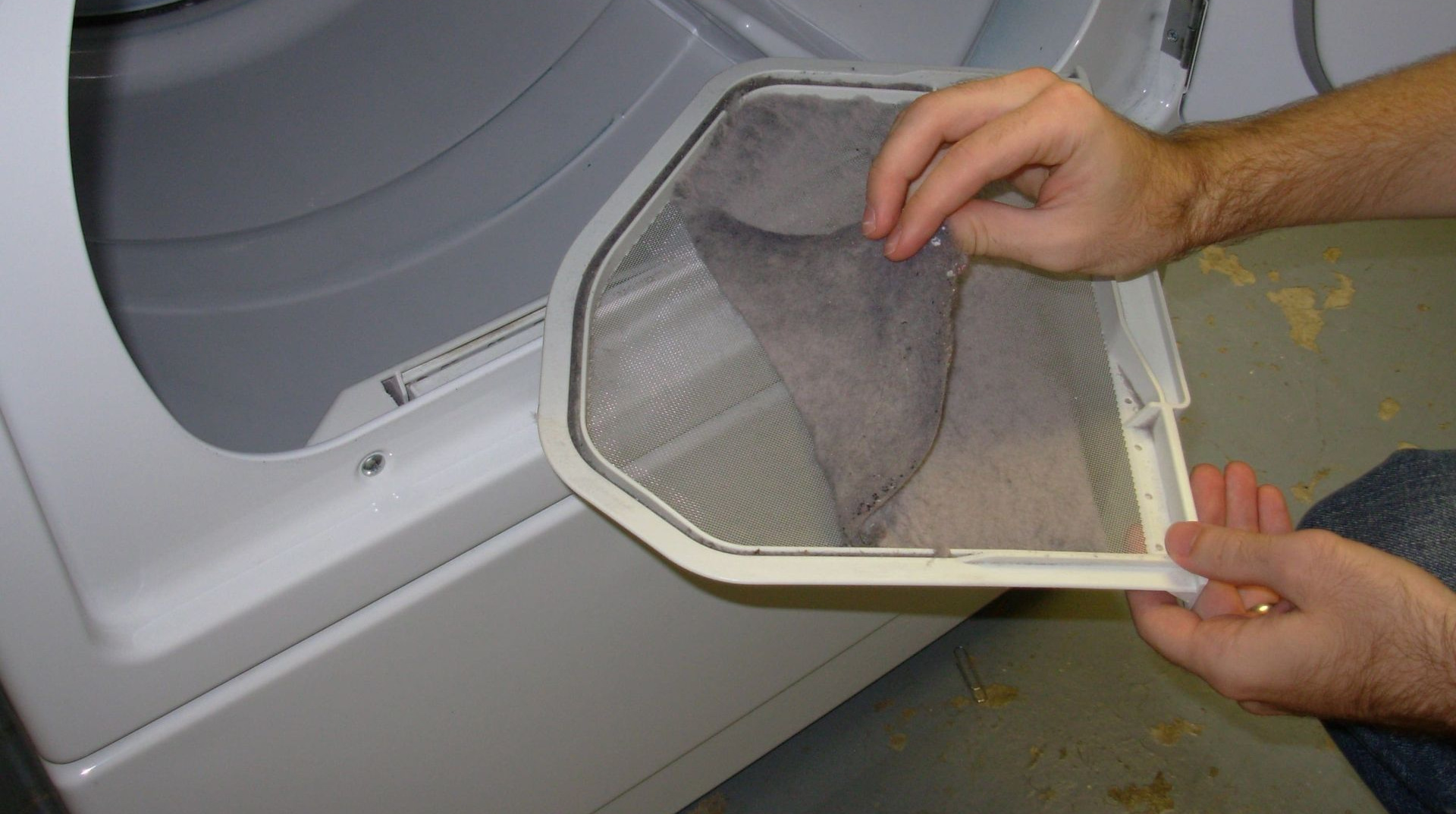
4. Poor Grounding or No Grounding at All
Grounding provides a safe path for excess electrical current to travel in the event of a fault. Without proper grounding, electricity can build up in metal fixtures or appliances, creating a severe shock hazard. Unfortunately, many older homes lack adequate grounding, and inexperienced homeowners often overlook it during DIY projects. Professionals verify grounding throughout the electrical system to protect both the home and its occupants from electrical surges and shocks.
5. Failing to Follow Electrical Codes and Permitting Rules
Electrical codes exist to protect people and property. They are updated regularly to reflect advances in safety standards and technology. Many homeowners, however, are unaware of these regulations or assume that minor projects do not require permits. Failing to follow code can result in fines, insurance complications, or denied coverage in the event of a fire. Licensed electricians not only understand the code but are required to comply with it on every job. Their work is inspected and approved to ensure that it meets or exceeds local safety standards.
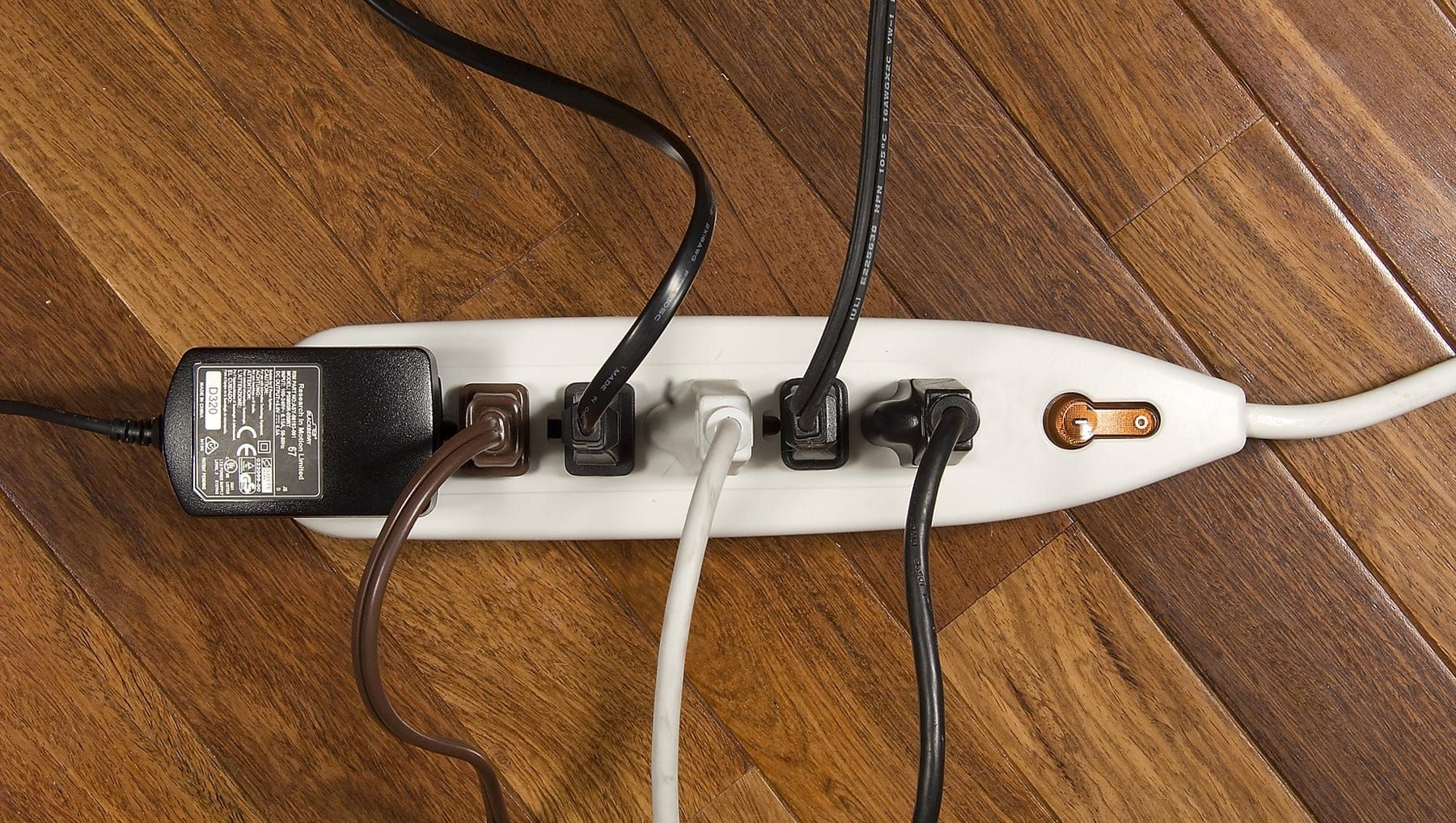
The Real Cost of DIY Electrical Work
While DIY electrical work might appear to save money initially, it often results in more expensive repairs later. Incorrect wiring, overloaded circuits, and noncompliant installations can all lead to system failures or damage to appliances. More importantly, they create serious safety hazards that put both property and lives at risk.
Professional electricians bring not only technical knowledge but also experience in diagnosing problems that are invisible to the untrained eye. At ESD Electric, our technicians use advanced testing equipment to ensure that every connection, circuit, and component functions safely and efficiently.
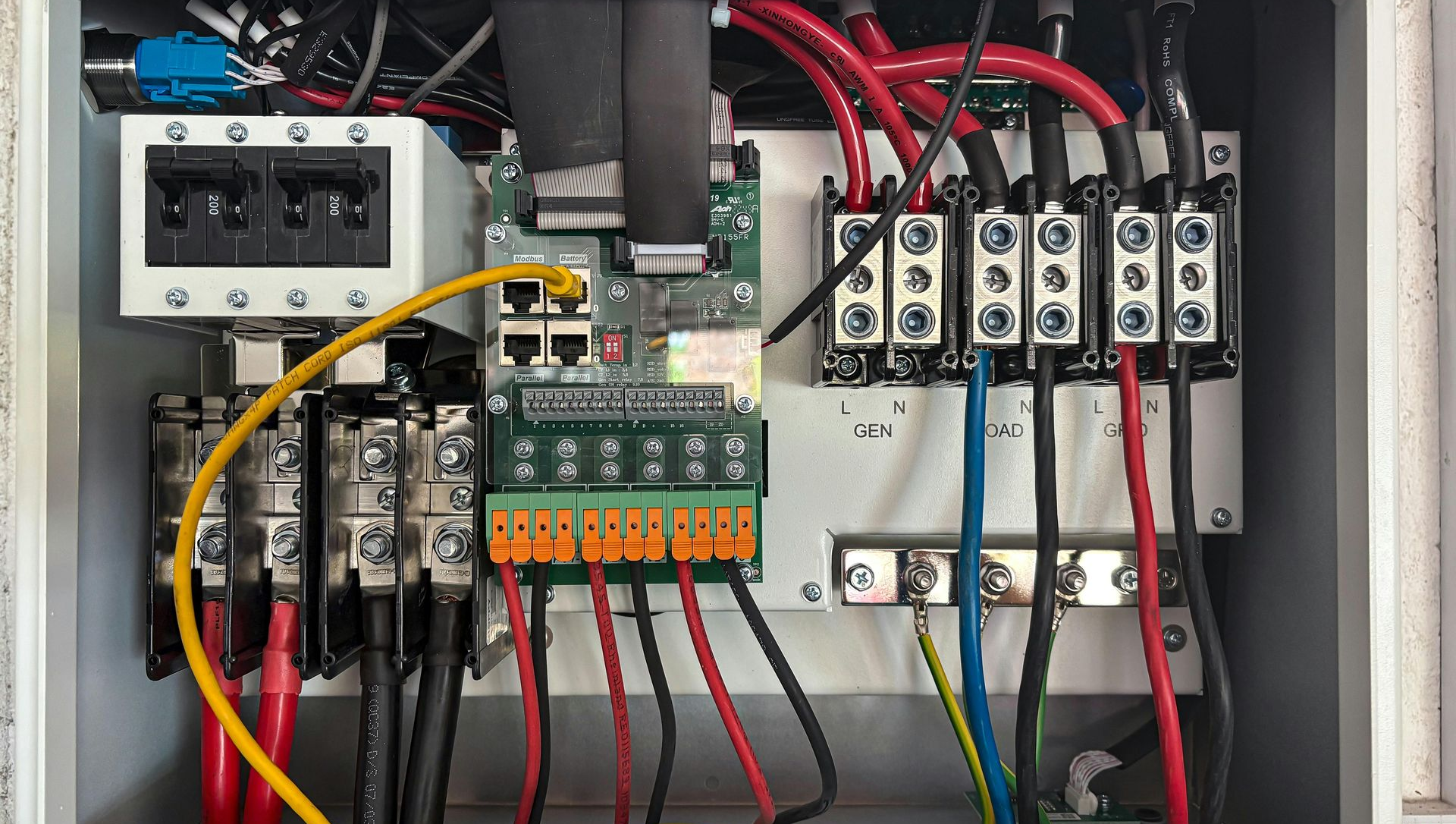
Final Thoughts
Electricity powers every part of modern life, but it must be handled with expertise and respect. DIY electrical work can quickly turn dangerous without proper training and equipment. By hiring a licensed professional, homeowners protect themselves, their families, and their property from unnecessary risks.
At ESD Electric, safety is our top priority. Whether you need a wiring upgrade, new lighting installation, or electrical inspection, our team provides expert service that meets all safety codes and ensures peace of mind. When it comes to electrical work, it is always worth calling a professional.
